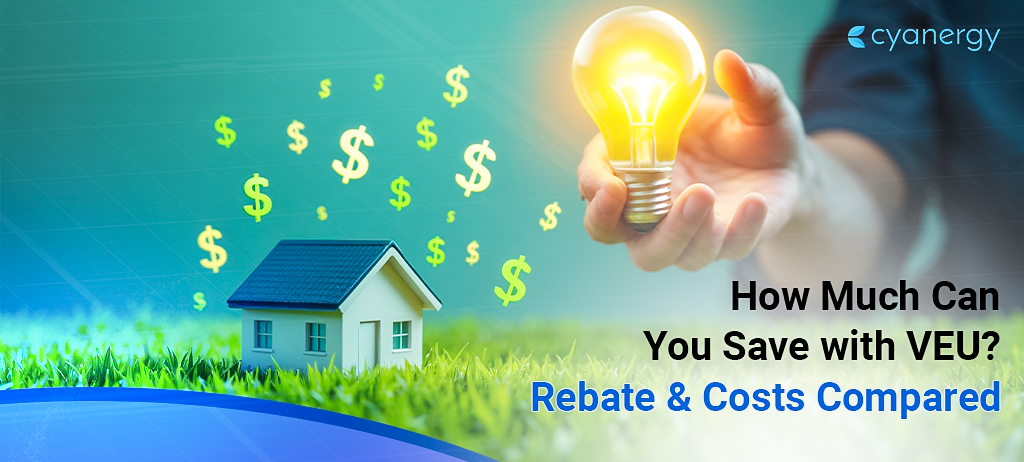A sustainable lifestyle focuses on minimizing environmental impact and promoting long-term well-being. This can include using renewable energy, reducing waste, supporting local farming, and choosing eco-friendly products.
So, how does sustainability meet the needs of the environment? In Australia, here are some ways to live more sustainably:
- Use public transport or ride a bike instead of driving.
- Choose energy-saving appliances and light bulbs.
- Eat less meat and more plant-based foods.
- Support local farmers and buy organic produce.
- Reduce waste by recycling, composting, and avoiding single-use items.
Making small changes in our daily lives can help create a more sustainable future for Australia and the world.
Remember, addressing the climate emergency requires action from everyone—individuals, households, communities, businesses, and government authorities.
What are Some Sustainable Practices?
Individuals and communities can help the environment and support long-term well-being in many ways.
Here are a few examples:
- Save water by taking shorter showers and fixing leaks.
- Install solar panels or use renewable energy sources.
- Support sustainable fisheries and avoid eating overfished species.
- Plant native trees and shrubs to help local ecosystems.
- Use eco-friendly cleaning products and personal care items.
- Reduce food waste by planning meals and using leftovers.
These simple actions can significantly improve our lives and the planet’s health. Start with the ones that seem easiest or most interesting to you. Becoming sustainable is essential and something we all need to work on.
Living sustainably in Australia means making informed choices that benefit everyone and the planet. Making conscious choices daily can help create a better world for future generations.
What is Environmental Sustainability?
According to the U.N. Environment Program, environmental sustainability means making choices that ensure future generations can live as well as or better than we do now. It aims to improve human life quality without straining the earth’s ecosystems.
Environmental sustainability is about balancing our consumer culture and the living world. We can achieve this by using natural resources wisely and not depleting them unnecessarily.
It encourages people to live in a way that doesn’t harm natural resources, helping to maintain ecological balance for today’s and future generations.
This idea aligns with the United Nation’s definition of sustainability: “Meeting the needs of the present without compromising the ability of future generations to meet their own needs.”
While definitions may vary, the core message is clear: We currently use more resources than the planet can provide, and we need to change our ways to achieve environmental sustainability.
How does Environmental Sustainability Work?

The Three Pillars of Sustainability:
Social
The social pillar focuses on ensuring fair access to resources and opportunities for everyone in society.
Everyone needs to participate in a healthy society. Key topics include environmental justice, human health, participation, education, resource security, and sustainable communities.
Economic
This pillar supports economic growth and financial stability without harming social, environmental, and cultural values. Important topics include jobs, incentives, supply and demand, natural resource accounting, and costs.
Environmental
The environmental pillar is about keeping the natural environment healthy, protected, and restored if needed. Key factors include ecosystem services, green engineering and chemistry, air quality, water quality, stressors, and resource integrity.
Although achieving these goals can be challenging, many cities worldwide are already working towards environmental sustainability. You can learn more by reading the blog, 3 Pillars of Sustainability: Why Are They Important?
What are the Benefits of Environmental Sustainability?
For the environment:
- Protects ecosystems
- Preserves nature
- Saves endangered species
- Reduces city pollution, leading to better respiratory health
- Helps stop or reverse global warming
- Prevents the creation of massive landfills that take centuries to decompose
For businesses:
- Lowers energy usage and saves money
- Reduces waste, saving money and appealing to eco-conscious customers
- Positions the business as a preferred choice for environmentally aware customers
- May qualify for incentives and cost savings in certain areas
- Enhances brand image
- Attracts and retains better-quality investors, employees, and shareholders
- Provides peace of mind knowing the business is not harming the planet for future generations
Why is Sustainability Important?
Sustainability is crucial for preserving our planet and natural resources like water and air. By adopting sustainable lifestyles, we can reduce pollution and protect habitats for plants and animals.
Currently, we need to live more sustainably. We use more natural resources and energy than the planet can provide, and we depend on limited fossil fuels for heat, electricity, and transportation.
Furthermore, we cut down forests that support wildlife, absorb carbon, deplete soil through intensive farming, and pollute the air, water, and land. Our greenhouse gas emissions are causing the planet to heat up, potentially making it uninhabitable.
To survive, we must balance our consumption with what the planet can produce while allowing human societies to thrive. This means supporting human development while protecting the natural world.
Sustainability involves practices like green technology and eco-friendly supply chains in businesses and government policies.
When these entities adopt sustainable practices, it encourages individuals and communities to reduce greenhouse gas emissions and fossil fuel use, leading to a better quality of life for everyone.
What are the Issues of Environmental Sustainability?

While environmental sustainability is beneficial for global health, there are challenges to achieving it.
Population Growth and Consumption: Rapid population growth and high consumption levels, especially among the wealthy, are major social barriers to sustainability. However, achieving sustainability will be easier with a significant change in global behavior.
Lack of Awareness and Education: Many people need to be made aware of sustainability issues, and there needs to be more education on the topic.
Limited Government and Civil Society Interaction: There needs to be better cooperation between society and the government.
Inadequate Incentives: The private sector needs more incentives to promote sustainable development.
Economic Focus: Economists note that sustainable development often emphasizes economic growth over people’s health and rights.
For global environmental sustainability to work, our perspective must change to prioritize the environment over the economy. This shift is complex and will take many years to achieve.
Despite these obstacles, we should strive for sustainability. And sustainability reporting can help increase it! While thinking sustainably can seem overwhelming, many small, manageable changes can make a big difference.
How Sustainability Meets the Needs of the Environment?
Resource Conservation
Efficient Use of Resources: Sustainability emphasizes using water, energy, and raw materials to reduce waste and prolong resource availability.
Renewable Energy: Transitioning from fossil fuels to renewable energy sources like solar, wind, and hydropower reduces environmental impact and greenhouse gas emissions.
Pollution Reduction
Reducing Emissions: Implementing cleaner technologies and practices helps lower the emission of harmful pollutants into the air, water, and soil.
Waste Management: Promoting recycling, composting, and proper disposal of hazardous waste minimizes environmental contamination.
Ecosystem Protection
Biodiversity Conservation: Protecting natural habitats and endangered species preserves biodiversity, ensuring ecosystems remain resilient and functional.
Sustainable Land Use: Agriculture and forestry practices prevent land degradation and deforestation, maintaining ecosystem health.
Climate Change Mitigation
Carbon Footprint Reduction: Efforts to reduce carbon footprints through energy efficiency, reforestation, and carbon offset programs help mitigate climate change impacts.
Adaptation Strategies: Developing strategies to adapt to climate changes, such as building flood defenses and improving water management, ensures environmental resilience.
Circular Economy
Product Life Extension: Designing products for longevity, reuse, and recycling reduces the need for new resources and minimizes waste.
Cradle-to-Cradle: Implementing cradle-to-cradle design principles ensures that products are made to be repurposed or biodegraded, closing the loop on resource use.
Policy and Governance
Environmental Regulations: Enforcing laws and regulations that protect natural resources and limit pollution is essential for environmental sustainability.
Corporate Responsibility: Encouraging businesses to adopt sustainable practices and report on their environmental impact promotes greater accountability and transparency.
Community and Education
Public Awareness: Educating the public about sustainable practices encourages individual and collective actions that benefit the environment.
Community Initiatives: Supporting community-based sustainability initiatives, such as urban gardens and local conservation projects, fosters grassroots involvement in environmental protection.
By integrating these strategies, sustainability comprehensively addresses environmental needs, ensuring natural ecosystems can thrive and provide essential services for future generations.
Achieve Environmental Sustainability by Switching to Renewable Energy

Fossil fuels harm our environment, but a safer and more sustainable choice exists.
At Cyanergy, we believe in a future where clean energy is available to everyone, and we want to make that future happen now. Switching to Cyanergy will help increase clean, sustainable energy use and reduce the need for fossil fuels.
Whether you’re an individual or a business, we can help lower your carbon footprint. Get a free solar quote and make the switch today.
Cyanergy is passionate about helping customers do the right thing for the environment, themselves, and their families. We aim to make choosing clean energy easy and affordable.
Do you require help determining whether renewable energy is right for you? Talk to an expert to understand better!







